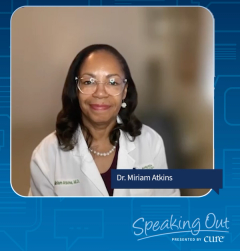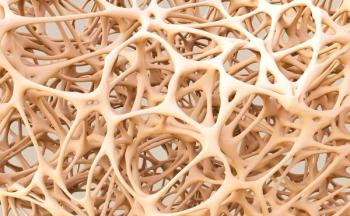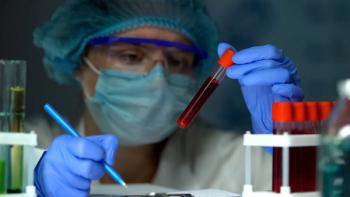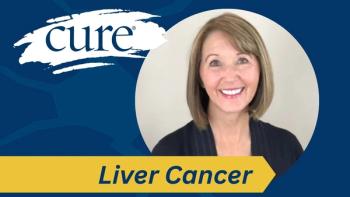
Highlighting Geographic, Economic Disparities in Cancer Care
Transcription:
Colleen Moretti: What is considered a healthcare disparity, and what are some of the most common disparities seen in cancer care?
Dr. Miriam Atkins: The definition of healthcare disparities, there are differences in the quality, access and safety of healthcare and people of color versus their white counterparts. And lately, the nationwide focus has been on race, but we need to also include social economic, geographic and education to that focus. In my practice, I experience almost as many disparities due to geography and socio-economic status as I do with race.
Moretti: Can certain populations experience disparities more than others?
Atkins: Yes, you know, you think about race because often, people of color are sometimes economically disadvantaged. However, in my town, we have a lot of outlying areas, so are there are areas in rural America, they don't have enough physicians, they don't have transportation, they don't have a lot of resources. So, these things lead to disparities.
I'll give one example, I have a patient who has insurance, but she doesn't drive. And there's no bustline or Uber or Lyft, where she lives because it's a long way from the physician. So if she has a car, can she drive? If she doesn't have a car, does she have someone who can bring her in and that person will usually it to take off work, miss income and those sorts of things to get them to the office. So those are the things that lead to more disparities other than just race, and I really think that social, economic and geography is probably more prevalent than what we think about as you know, people of color.
Moretti: How can disparities affect some patients’ cancer care? Will it limit them getting the care they need or impact treatment or diagnosis?
Atkins: It can impact the diagnosis because if they don't live near a hospital that has a CT scanner, or MRI or PET scan they have to travel for those scans. A lot of times in rural America, they don't have enough physician, so if you don't have enough primary care doctors, you don't have enough doctors to diagnose a patient or at least do the testing so the patient can get to the diagnosis.
Once they're diagnosed, if a patient has trouble with transportation; I'll just give an example say a specific chemotherapy regimen is supposed to be given every other week, and I'm thinking about IV regimens that are given by vein. If a patient only has transportation once a month, they're only getting half the treatment because I can't double the dose because they can only come in once a month. And those things will affect their response to treatment, and their prognosis and those are real world issues with cancer patients all over the nation.
Moretti: Are there any resources that the Community Oncology Alliance can offer for these patients who might be experiencing disparities?
Atkins: The Community Oncology Alliance mainly wouldn't, (but) patients can be educated through their CPAN — that stands for a COA Patient Advocacy Network, there's information given by them. Also, at your oncologist office, they have patient account reps who can help with these things. There are also some foundations that provide assistance with transportation. So, there is help out there, but oftentimes, the primary care doctors don't know about this help. I know about it from oncology, but if the patient does not get to my office, I can't tell them what's available. So, there are some resources available, you just have to know how to navigate them.
This transcription has been edited for clarity.






